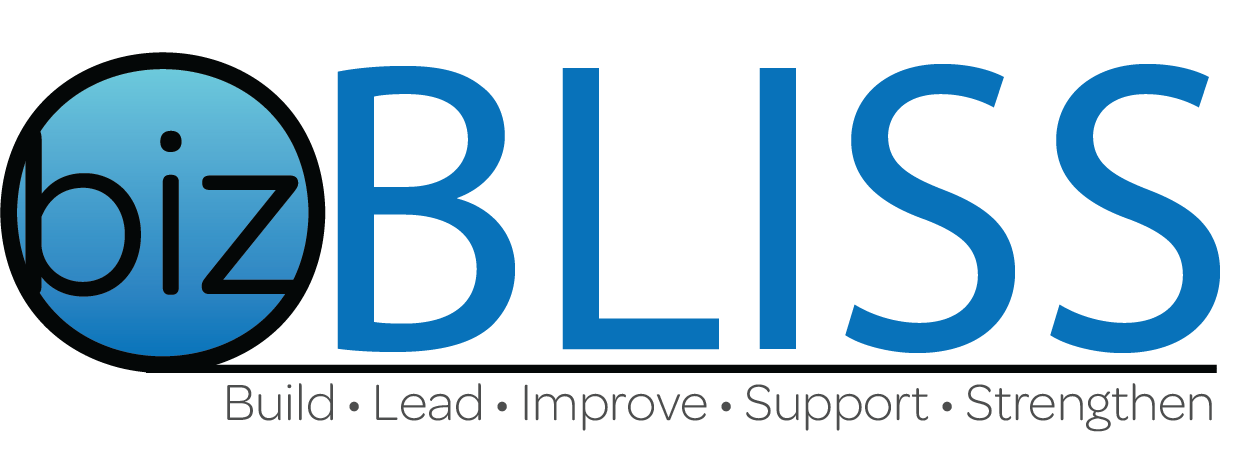Lessons for Business from Canoeing

Canoeing is not just a recreational activity; it can also teach us valuable lessons that can be applied to the world of business. In this article, we will explore the parallels between canoeing and business, and how the lessons learned from canoeing can help businesses develop effective strategies. We will also discuss family business buyout strategies and the three processes that define and deploy business strategies. Furthermore, we will delve into the importance of these lessons and strategies in the current business landscape and how they can be used to navigate the challenges and opportunities that businesses face today.
Lessons from Canoeing for Your Business
1. Teamwork and Collaboration
Canoeing requires teamwork and collaboration between the paddlers. Each paddler needs to synchronize their strokes and work together to navigate the canoe effectively. Similarly, in business, teamwork and collaboration are essential for success. A business is made up of different departments and individuals, and when they work together towards a common goal, they can achieve great things. By fostering a culture of teamwork and collaboration, businesses can improve their overall performance and achieve better results.
Moreover, the importance of teamwork and collaboration extends beyond the internal workings of a business. It also applies to how businesses interact with their customers, partners, and other stakeholders. By working collaboratively with these external parties, businesses can build stronger relationships and create more value.
2. Communication
Communication is crucial in canoeing. Paddlers need to communicate effectively to coordinate their movements and avoid collisions. In business, communication is equally important. Clear and effective communication ensures that everyone is on the same page and understands their roles and responsibilities. It also helps in resolving conflicts and addressing issues promptly. By prioritizing communication, businesses can enhance their efficiency and productivity.
In addition to internal communication, businesses also need to focus on their external communication. This includes how they communicate with their customers, partners, and other stakeholders. Effective external communication can help businesses build strong relationships, improve their reputation, and drive growth.
3. Adaptability and Flexibility
Canoeing requires adaptability and flexibility. Paddlers need to adjust their strokes and techniques based on the water conditions and obstacles they encounter. Similarly, in business, adaptability and flexibility are key to success. The business landscape is constantly evolving, and businesses need to be able to adapt to changes quickly. By embracing change and being flexible in their approach, businesses can stay ahead of the competition and seize new opportunities.
Furthermore, adaptability and flexibility are not just about reacting to changes in the external environment. They also involve being open to new ideas and ways of doing things within the business. By fostering a culture of innovation and continuous improvement, businesses can enhance their competitiveness and drive growth.
4. Planning and Strategy
Before embarking on a canoeing trip, paddlers need to plan their route and develop a strategy. They need to consider factors such as the weather, water conditions, and their own capabilities. In business, planning and strategy are essential for success. Businesses need to set clear goals, develop a roadmap to achieve those goals, and allocate resources effectively. By having a well-defined plan and strategy, businesses can make informed decisions and navigate through challenges more effectively.
In addition to long-term strategic planning, businesses also need to focus on short-term operational planning. This involves planning and managing the day-to-day operations of the business to ensure efficiency and effectiveness. By balancing strategic and operational planning, businesses can achieve both their short-term and long-term goals.
The Three Processes that Define and Deploy Business Strategies
Here are three key processes that define and deploy business strategies:
1. Strategy Formulation
Strategy formulation involves developing a clear and comprehensive strategy for the business. This includes analyzing the internal and external environment, identifying opportunities and threats, and setting strategic objectives. During this process, businesses need to consider their strengths, weaknesses, and competitive advantage to develop a strategy that aligns with their goals.
In addition to formulating the overall business strategy, businesses also need to develop strategies for specific areas of the business. This includes marketing, operations, human resources, and finance. By aligning these functional strategies with the overall business strategy, businesses can ensure a coordinated and effective approach to achieving their goals.
2. Strategy Implementation
Once the strategy is formulated, it needs to be implemented effectively. This involves translating the strategy into action plans, allocating resources, and setting performance targets. Strategy implementation requires strong leadership, effective communication, and the ability to manage change. It is important to monitor progress and make adjustments as necessary to ensure the strategy is being implemented successfully.
In addition to implementing the strategy, businesses also need to manage the change that comes with it. This involves preparing the organization for the changes, managing resistance, and ensuring that the changes are embedded in the organization’s culture and processes. By managing change effectively, businesses can ensure a smooth transition and maximize the benefits of the strategy.
3. Strategy Evaluation
Strategy evaluation is an ongoing process that involves assessing the effectiveness of the strategy and making necessary adjustments. This includes monitoring key performance indicators, analyzing market trends, and gathering feedback from stakeholders. By regularly evaluating the strategy, businesses can identify areas for improvement and make informed decisions to stay competitive.
In addition to evaluating the overall effectiveness of the strategy, businesses also need to evaluate the performance of specific areas of the business. This includes assessing the effectiveness of marketing campaigns, the efficiency of operations, and the performance of employees. By conducting regular performance evaluations, businesses can identify areas for improvement and take action to enhance their performance.
Conclusion
Canoeing teaches us valuable lessons about teamwork, communication, adaptability, and planning. These lessons can be applied to the world of business to develop effective strategies. The three processes of strategy formulation, implementation, and evaluation are essential for defining and deploying business strategies. By incorporating these lessons and strategies, businesses can navigate through challenges and achieve long-term success.
In conclusion, the lessons from canoeing and the strategies for business success discussed in this article are not just theoretical concepts. They are practical tools that businesses can use to navigate the complex and dynamic business landscape. By applying these lessons and strategies, businesses can enhance their performance, seize new opportunities, and achieve sustainable growth.
We work with businesses to help put winning practices in place. We partner with our clients to develop, implement, and evaluate strategies to help your company to be competitive in today’s market.
“Who do you want to have in your canoe?”
Some other articles:
